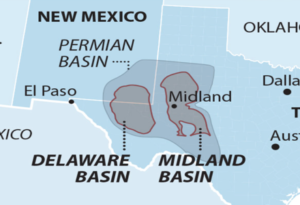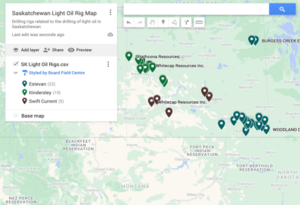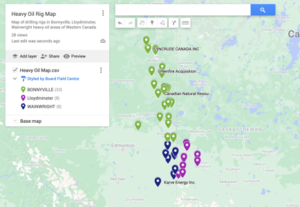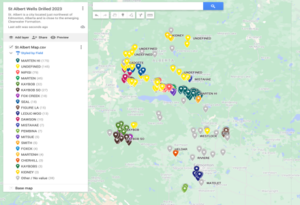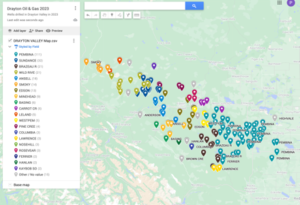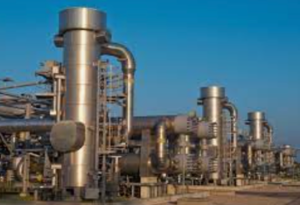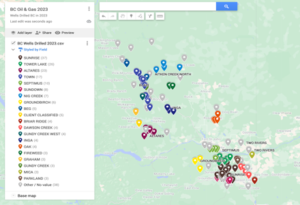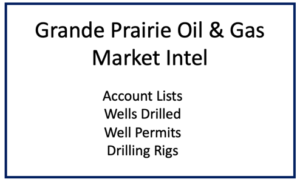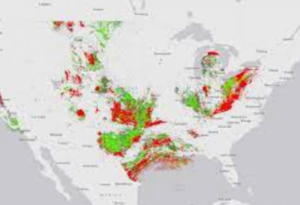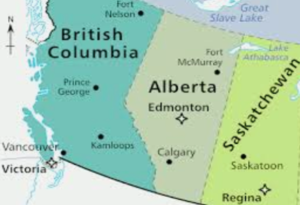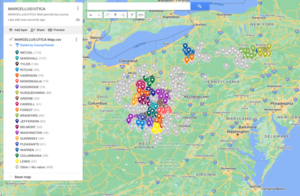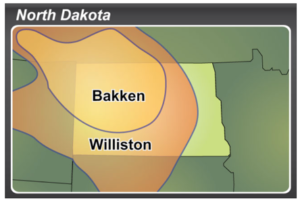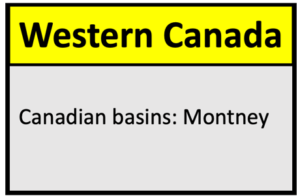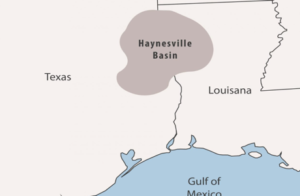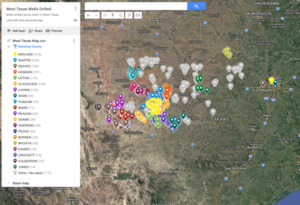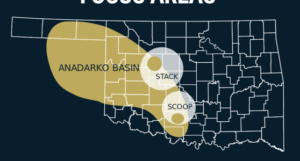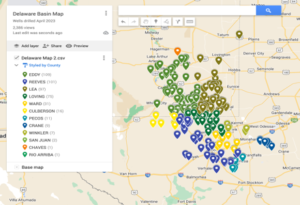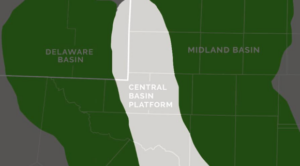The Permian Basin is a shale basin about 250 miles wide and 300 miles long, spanning parts of west Texas and southeastern New Mexico. It includes the highly-prolific Delaware and Midland sub-basins.
Oil & Gas Data Download
Chevron Wells Drilled US in 2023
Chevron has a long history in the Permian Basin. Through our legacy companies, we’ve been active in the Permian since the early 1920s. Thanks to that history, new technology and the ingenuity of Chevron employees, Chevron’s Permian assets continue to be a growth engine for the company and well performance continues to improve. Meanwhile, Chevron is developing the Permian with respect for its environment and communities.
Chevron has a long history in the Permian Basin. Through our legacy companies, we’ve been active in the Permian since the early 1920s. Thanks to that history, new technology and the ingenuity of Chevron employees, Chevron’s Permian assets continue to be a growth engine for the company and well performance continues to improve. Meanwhile, Chevron is developing the Permian with respect for its environment and communities.

accelerating development with a ‘factory’ approach
The presence of shale oil and tight gas in the Permian calls for a new level of innovation and approach to development. Chevron has taken a factory model approach to development, using a manufacturing-style process to improve efficiency, performance and costs.
The factory model is consistent, repeatable and fast. We use multi-well pads to drill a series of horizontal wells. Using hydraulic fracture stimulation, the wells are completed at the same time.
We have thousands of potential well locations in the Permian. This model helps us prioritize the most promising opportunities. That’s lowered drilling costs, cut the time from start of drilling to first production, and increased the number of wells that each rig drills. Overall, it’s tripled the pace of our drilling program.
The geology of the Permian Basin is unique because it contains multiple “stacked plays.” These enable a single well to produce oil and natural gas from several layers of rock in different geological zones. That multiplies the basin’s natural resource potential. Stacked plays allow for multiple wells from a single pad location, using shared infrastructure.
Our Permian unconventional portfolio has more than doubled in value from 2017 to 2019. Says Jay Johnson, executive vice president, Chevron Upstream, “When you combine our royalty advantage with the good rocks and competitive execution performance, it translates to compelling economics and a deep queue of opportunity.”
permian basin development process
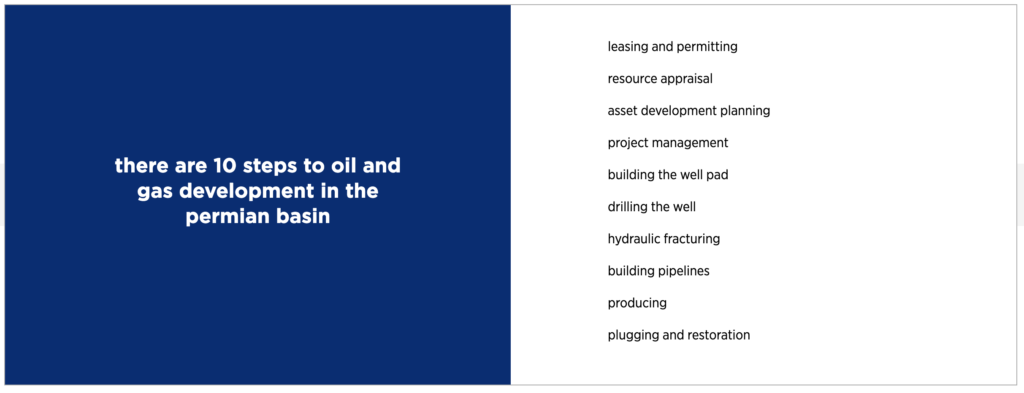
improving efficiency with technology
We use a range of advanced technologies to boost our well performance in the Permian.
We use predictive analytics to make decisions related to exploration strategy, resource characterization, drilling and the final stages of well construction.
We use advanced mapping of rock layers to better understand where resources are located. This lets us concentrate on the most promising opportunities.
Our proprietary modeling tools use machine learning and artificial intelligence to choose the best spacing for our wells. These tools also help us understand the best way to prepare a well for production, decreasing development costs.
Before we pump liquid to fracture a rock formation, we use a proprietary tool to forecast the likely results. We monitor the site extensively. This lowers the costs of preparing wells for production, and allows us to get more from each well.
We use a proprietary technology to assemble our drills. This technology uses advanced modeling and analysis to improve bit life and effectiveness.
protecting the permian basin: its environment and community
As part of Permian Basin communities for nearly 100 years, Chevron understands the importance of protecting the region’s resources—both the environment and the community. Every day, we look for opportunities to make our own environmental footprint smaller as we strive to produce energy that is affordable, reliable and ever-cleaner. Recently, we’ve made notable progress in water use, minimizing flaring, renewable energy and community involvement.
Whenever we can, we use brackish water. That conserves water that could be used for human consumption or agriculture. By 2018, more than 99 percent of the water used in our well completions was either nonfresh or recycled, compared to about 25 percent in 2014.
We also use a centralized infrastructure where possible. That reduces our footprint by allowing pipelines, roads and hydraulic fracturing ponds to serve multiple well pads.
Chevron is among industry leaders at minimizing flaring in the Permian Basin. According to a 2019 Rystad Energy study, 40 of the largest gas producers in the basin averaged 6.1 percent flare share of production, while Chevron’s Permian operations flared at just 1.07 percent. This commitment that we will not flare to produce in the Permian reflects our culture of environmental accountability and is driven by our company’s core value to protect people and the environment.
We recently agreed to purchase wind power for our operations in the Permian. This is a cost-effective renewable energy alternative to our current electricity supply.*
In November 2018, Chevron joined with 20 other leading energy companies to form the Permian Strategic Partnership. This coalition aims to improve the quality of life for families living in the Permian. Together, we’re working with local leaders to develop and implement long-term strategic plans to foster strong schools, safer roads, quality health care, affordable housing and a trained workforce.
Chevron is working to develop the Permian in the right and responsible way.
Oil & Gas Operators


